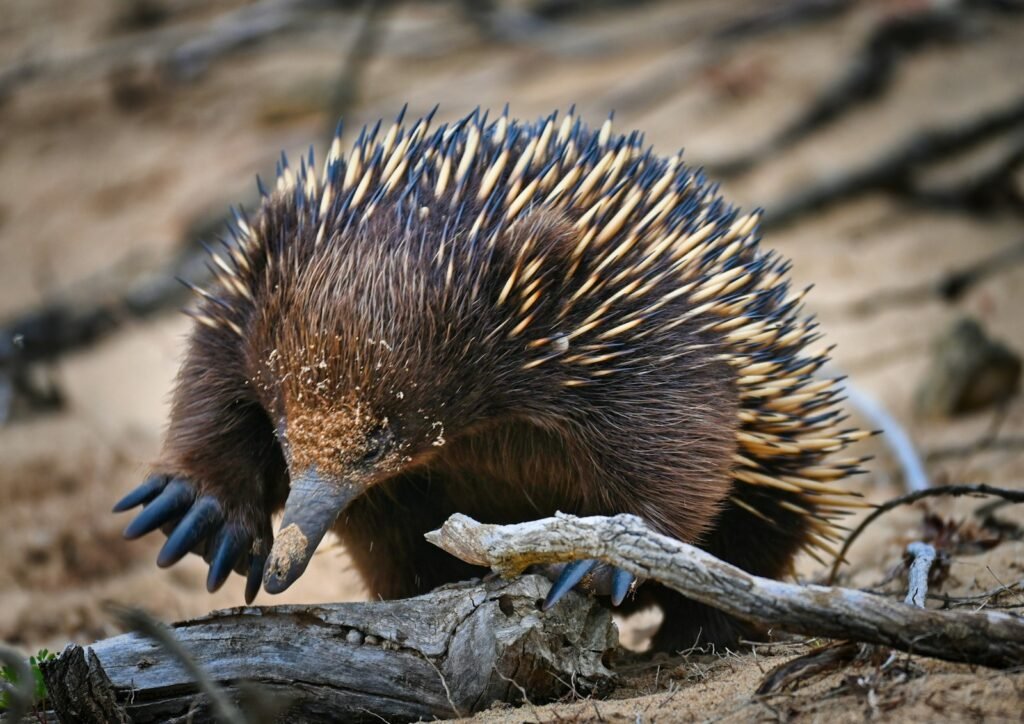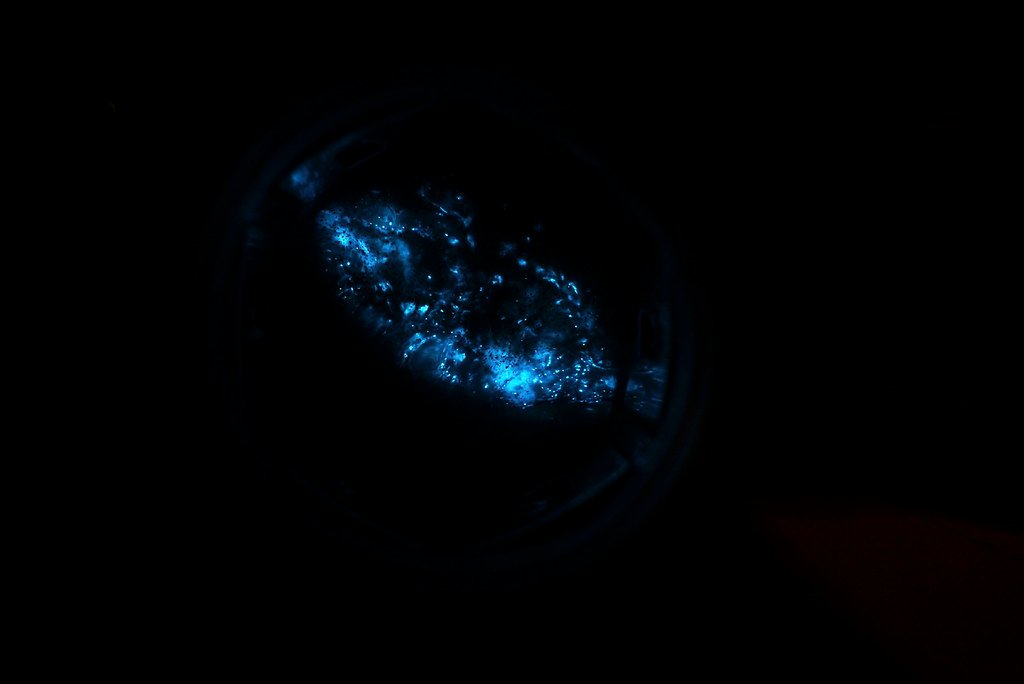Every so often, a familiar animal turns out to be far stranger than we imagined, and the echidna tops that list. Egg-laying yet warm-blooded, armored yet shy, it’s a living riddle hiding in plain sight across Australia and New Guinea. Scientists keep stumbling on revelations – from bizarre mating strategies to ingenious heat hacks – that read like scenes cut from a nature thriller. I once watched an echidna slip beneath leaf litter and vanish, leaving only a constellation of tiny nose-pokes behind, and it felt like watching a magic trick in daylight. If we want a documentary that surprises, teaches, and makes us care, the echidna is ready for its close-up.
1) The Hidden Clues: A Mammal That Breaks the Rules
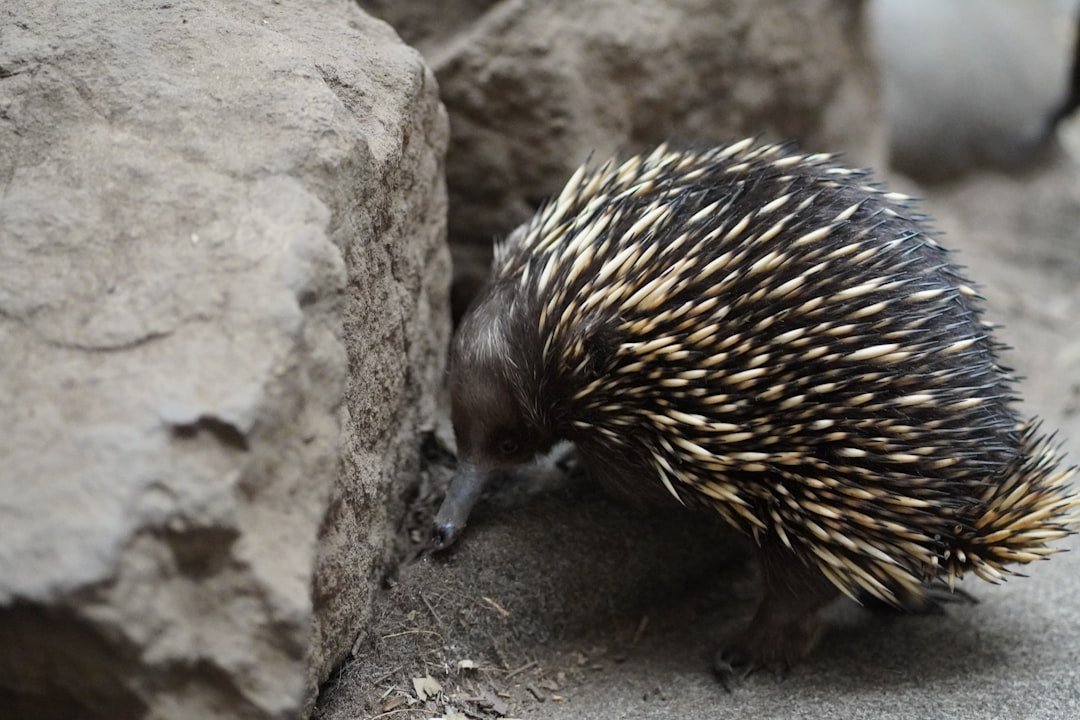
Echidnas are monotremes, one of the few mammals that lay eggs, and that twist alone rewrites what most viewers think they know about mammalian life. Their bodies are studded with spines that are actually modified hairs, while their faces wear a soft, flexible beak that’s more sensor-laden than it looks. The combination is disarming: porcupine on top, vacuum-nosed insect-hunter below, and a physiology that runs cooler than most mammals.
These contradictions matter because they help scientists test ideas about how complex traits evolve. When you watch an echidna dig, feed, and regulate heat, you’re seeing ancient solutions tweaked for a modern world. A documentary can turn those hidden clues into a narrative arc – mystery, discovery, and the thrill of a rulebook torn in half.
2) From Ancient Tools to Modern Science: Tracking a Shape-Shifter
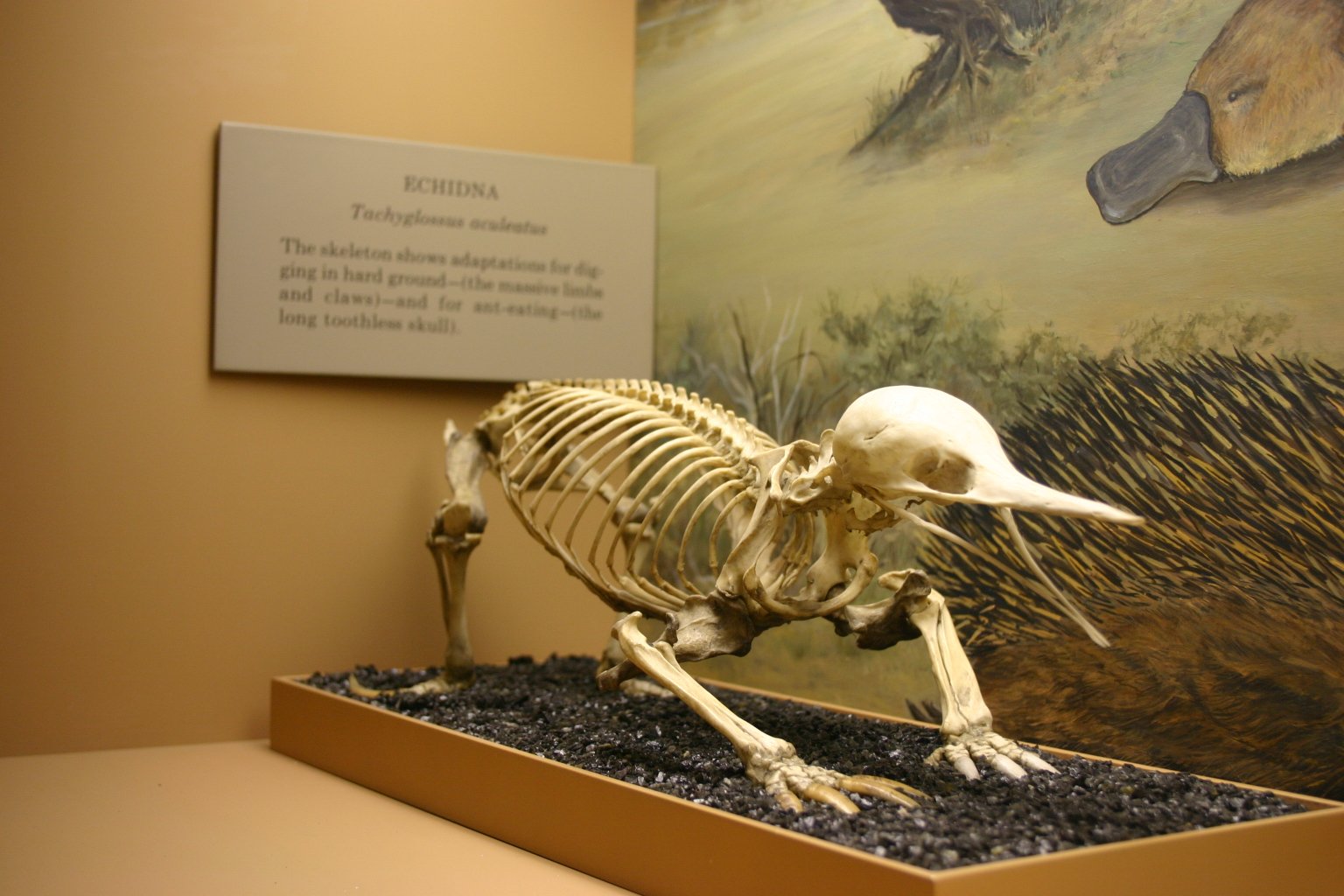
Monotremes trace their lineage deep into prehistory, and echidnas likely evolved from a more aquatic ancestor into today’s burrowing specialist. That journey can be told with fossils, genetics, and clever field experiments that stitch past to present without guesswork. Modern biologgers, camera traps, and thermal imaging are finally catching up with an animal that spends much of its time underground or motionless.
In practice, that means footage of nocturnal foraging, torpor bouts, and heat-management tricks once considered impossible to film. Layer in 3D scans of skeletons and slow-motion digging mechanics, and you get a visual feast that’s also a research timeline. This is the rare case where the tech and the animal’s story evolve together on screen.
3) Engineer Beneath Our Feet: How Echidnas Rebuild Ecosystems

Each echidna is a tireless soil-turner, aerating ground that would otherwise crust and compact. Their foraging pits and burrows mix organic matter, bury seeds, and create moist pockets where fungi and microbes thrive. Over time, that constant earthwork stitches damaged patches back into functioning habitat.
After fires or droughts, the quiet persistence of echidnas can tilt the odds toward recovery. Think of them as slow-motion tillers, restoring structure one nose-poke at a time. A documentary can follow the ripple effects: from a single pit to germinating seeds, to returning insects, and finally to birds riding the comeback.
4) The Mystery of the Puggle: A Birth Story You’ve Never Seen
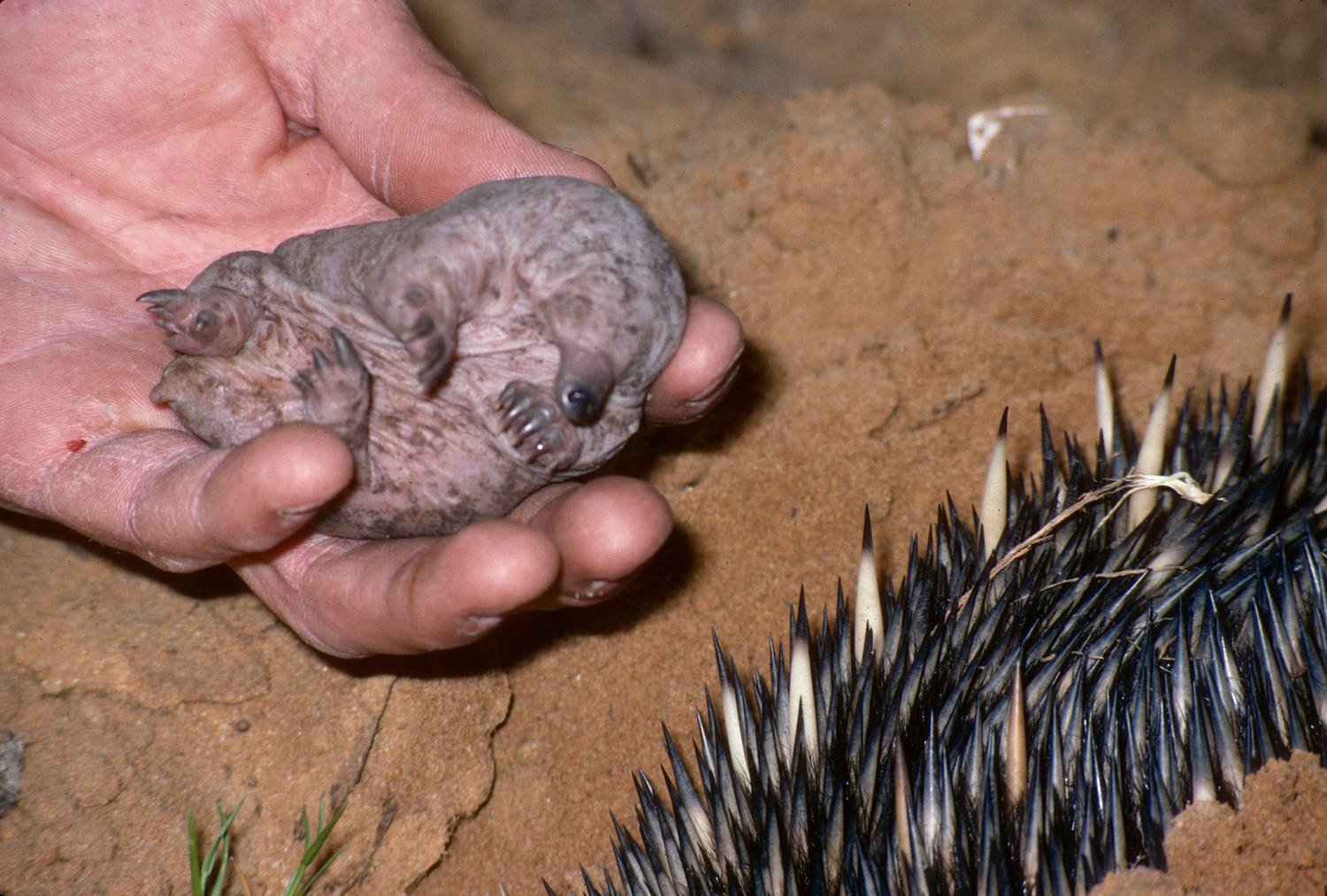
Echidnas lay a single leathery egg, then tuck it into a temporary pouch, a scene almost no one has witnessed in the wild. Days later, a tiny “puggle” hatches and clings to specialized skin areas where milk is secreted – there are no nipples, just mammary patches that ooze nutrient-rich milk. Weeks after, the youngster graduates to a burrow, returning only to nurse.
The cycle feels prehistoric, yet it’s tender and high-stakes, and it overturns our expectations about mammal parenting. Filming it would reveal behaviors – from mating trains of males shadowing a female to the slow-growing juvenile – that are rarely shown with scientific context. It’s the kind of storyline that bonds viewers to a species for life.
5) Senses Wired for the Underground: A Beak That Reads the Earth
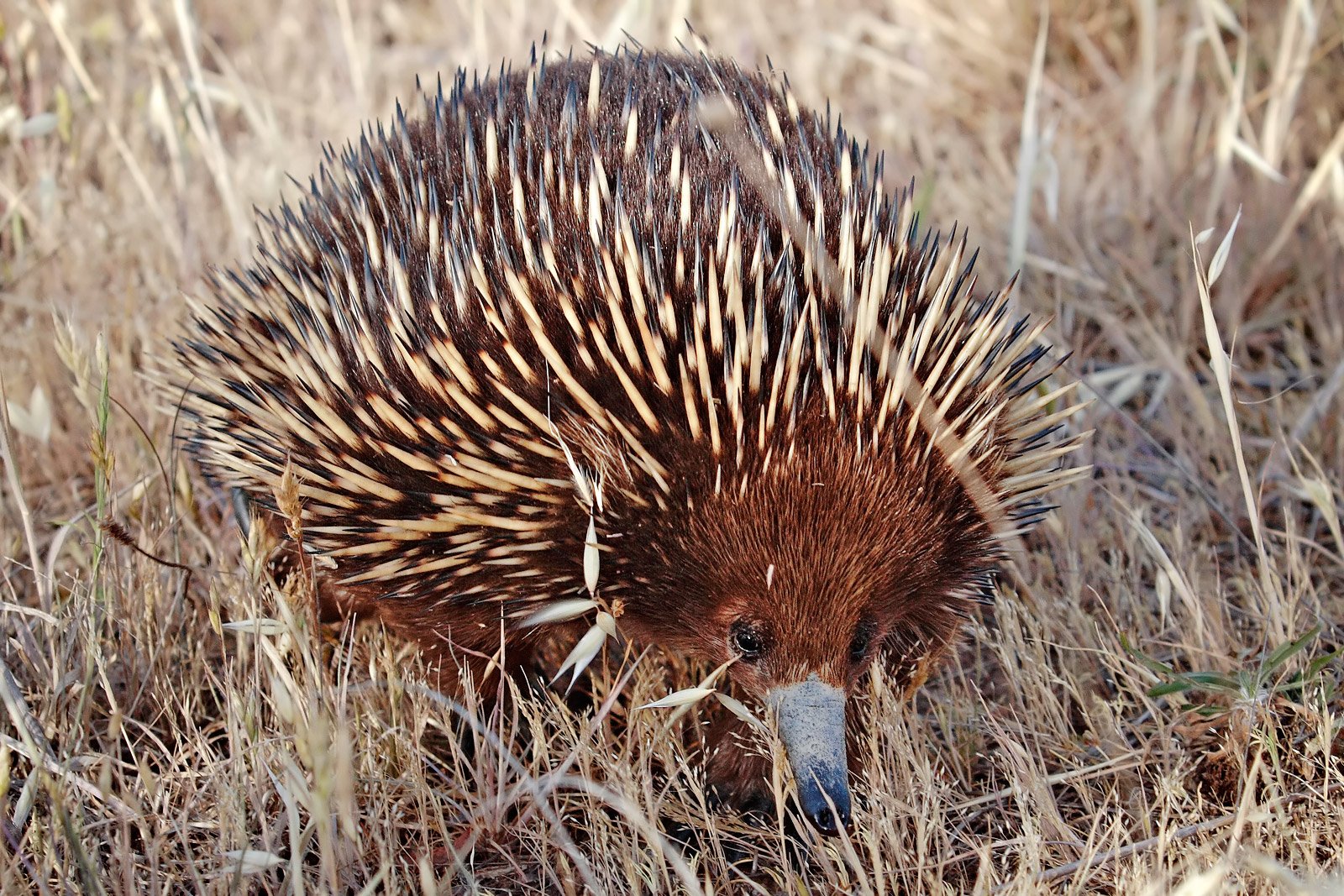
The echidna’s beak is a multi-tool: flexible, tactile, and tuned to vibrations as it probes soil for ants and termites. Research suggests a reduced electrosensory system compared with the platypus, but a strong reliance on touch and smell. That means the animal can detect prey without seeing it, navigating a world of signals beneath the surface.
On screen, the beak becomes a protagonist – mapping invisible trails, sampling scents, and solving puzzles in the dirt. Tie that to high-magnification shots of soil communities and you get a detective story about life you can’t see but the echidna knows by heart. It’s Sherlock Holmes with spines and a sticky tongue.
6) Fire, Heat, and the Art of Survival
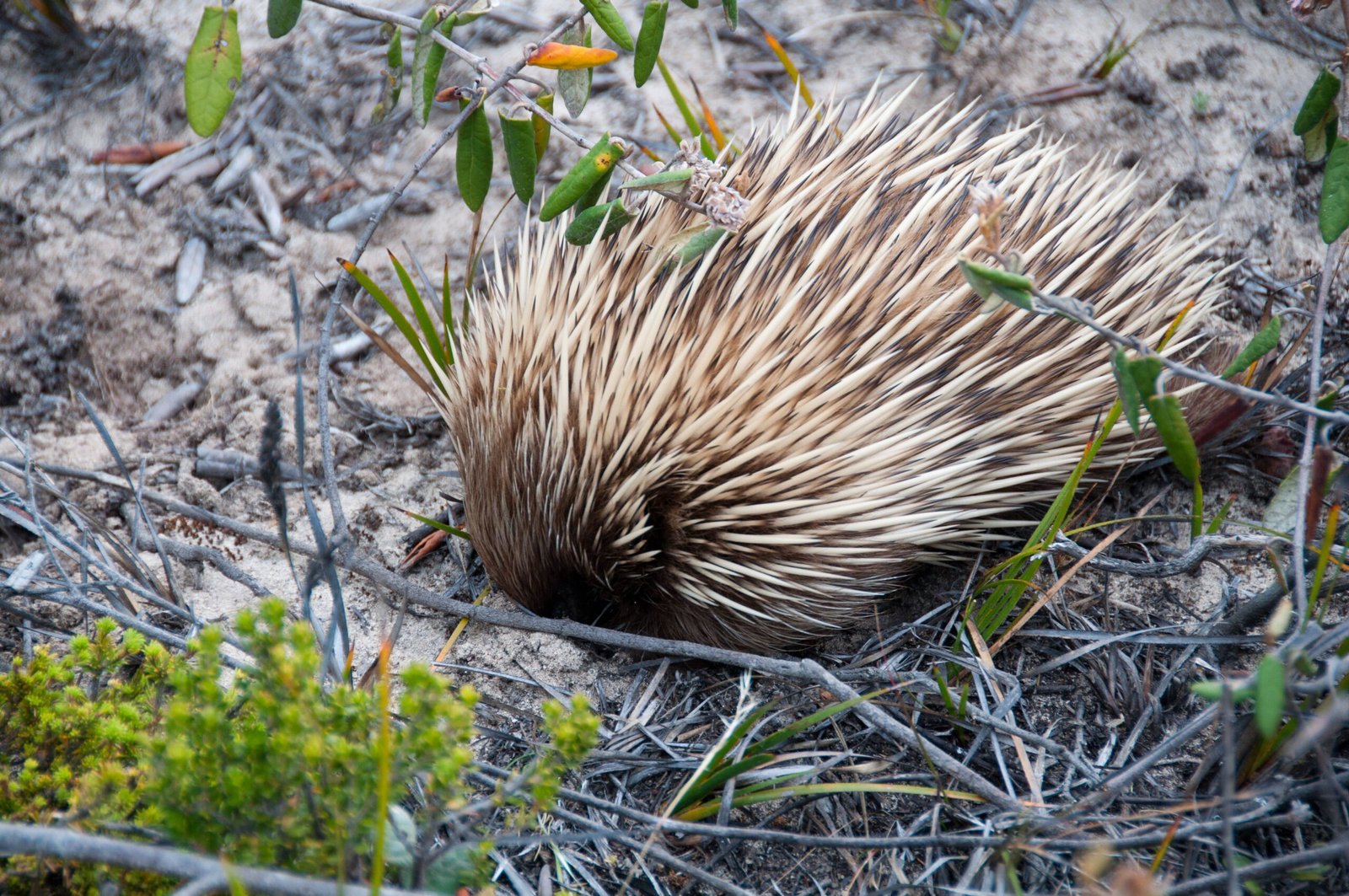
Echidnas run cool for mammals and can slip into torpor, throttling their energy use when conditions get tough. In heat waves, they shelter in logs or dig down to the moist, stable layers of soil, and they’re surprisingly good at riding out extremes. Observers have even noted them wetting the tip of the beak to boost evaporative cooling, a small behavior with big survival payoff.
After bushfires, echidnas often reappear early, probing ash beds for invertebrates and jump-starting soil recovery. A documentary can contrast satellite fire scars with ground-level resilience, showing how a body built for thrift buys time when the world gets harsh. Resilience isn’t flashy, but it’s riveting when you watch it work.
7) Global Perspectives: Four Species, Many Challenges
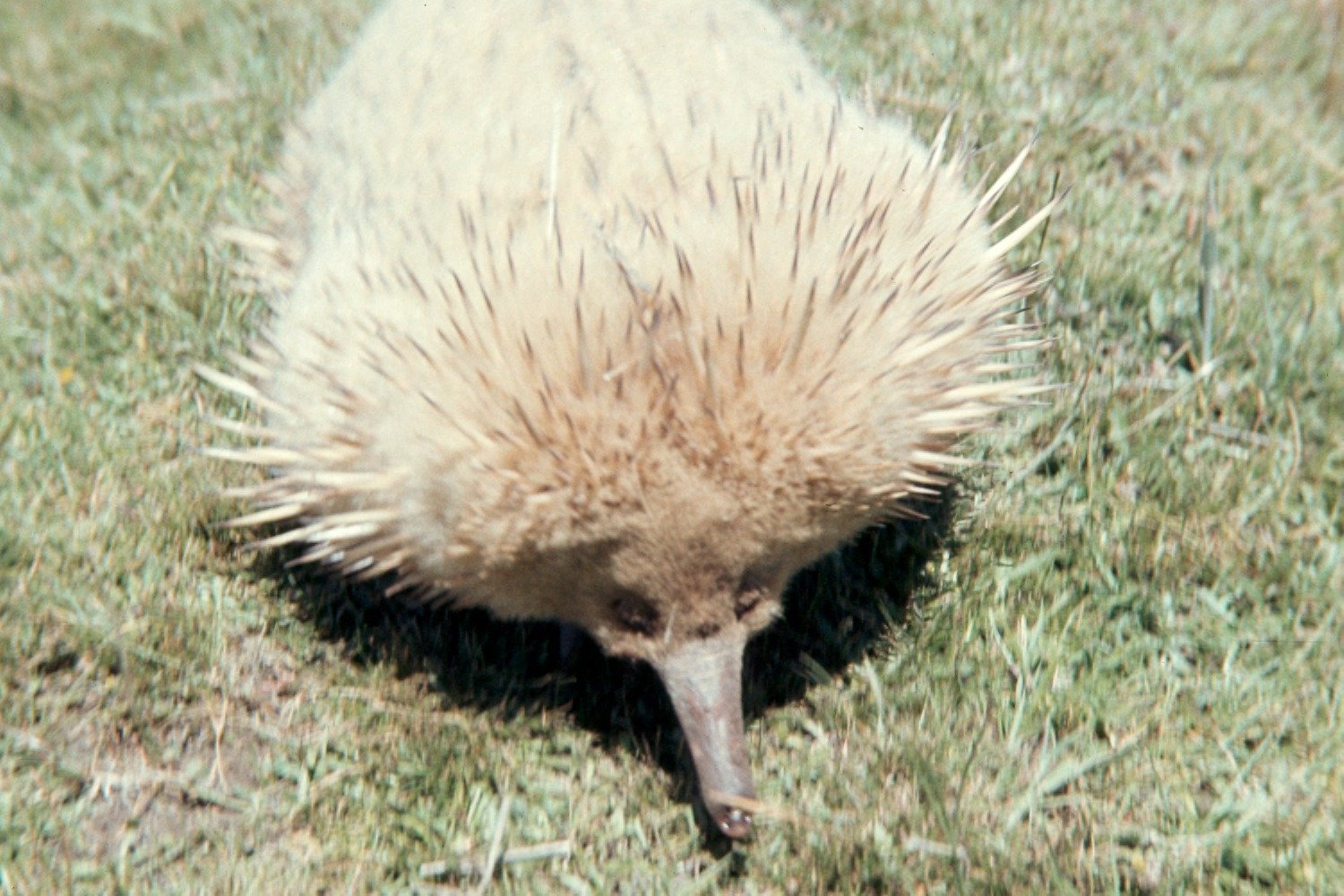
There are four living echidna species: the widespread short-beaked echidna in Australia and parts of New Guinea, and three long-beaked species in New Guinea. The long-beaked echidnas face serious threats from habitat loss and hunting pressure, and they occupy rugged, hard-to-survey terrain. Conservationists are collaborating with local communities to balance tradition, food security, and species protection.
Quick facts that set the stage for action: – Short-beaked echidnas tolerate a wide range of climates, from coastal scrub to alpine heath. – Long-beaked echidnas depend more on forest integrity and are sensitive to fragmentation. – Roadkill, dogs, and invasive species complicate recovery across both regions. A documentary can travel these contrasts, turning maps and status lists into lived stories and practical solutions.
8) Why It Matters: A Living Key to Evolution and Innovation
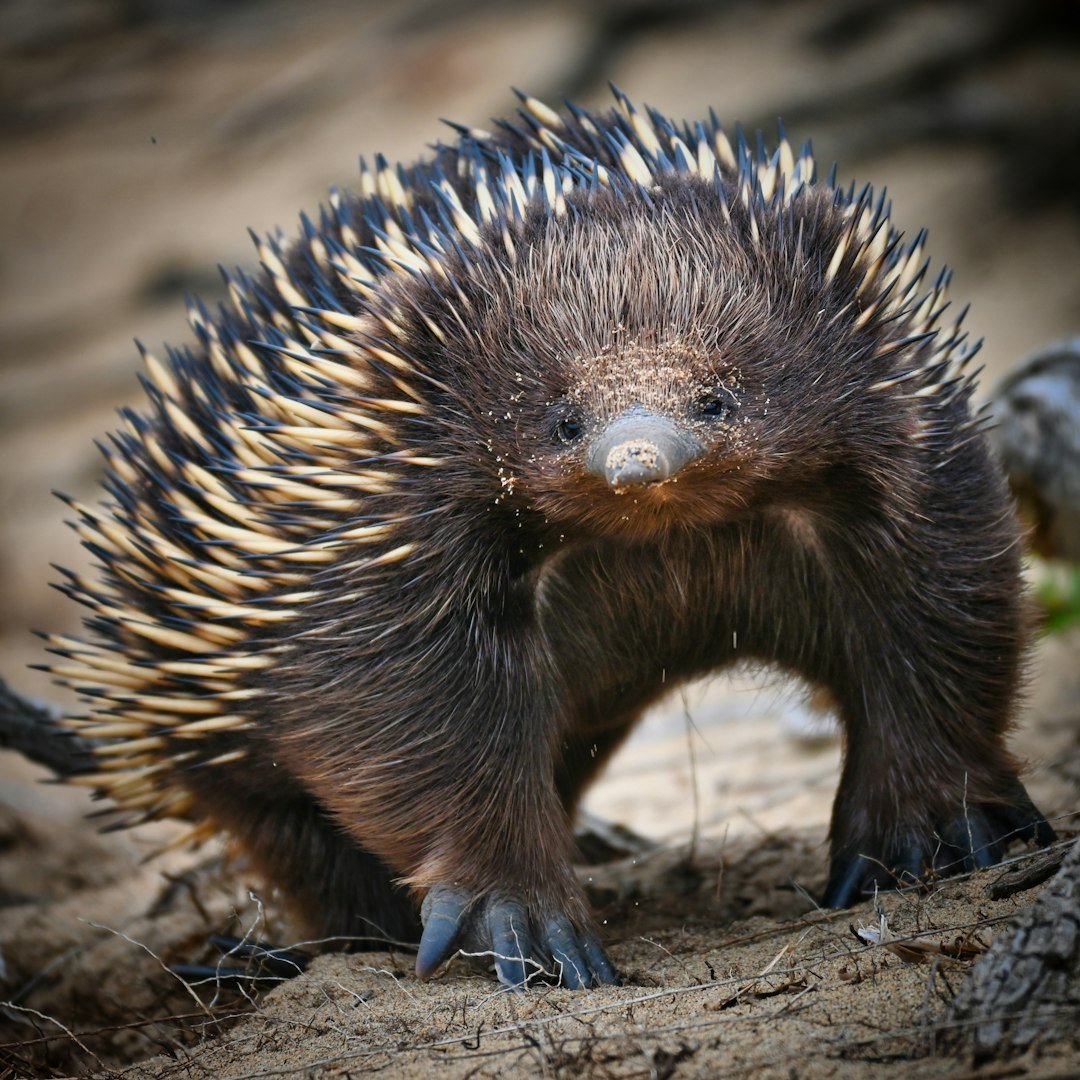
Echidnas help scientists test big ideas about how mammals diversify, regulate temperature, and thrive on low-energy diets. Compared with placental and marsupial mammals, their biology offers a control experiment on the edges of the mammal playbook. That difference is gold for understanding climate resilience and the limits of mammalian design.
The payoffs reach beyond biology. Engineers studying digging robots, low-noise traction, and bio-inspired materials can learn from echidna claws, gait, and spines. When one animal connects evolution, conservation, and technology, it’s exactly the subject that deserves a feature-length lens.
9) The Future Landscape: Tools That Could Change the Story
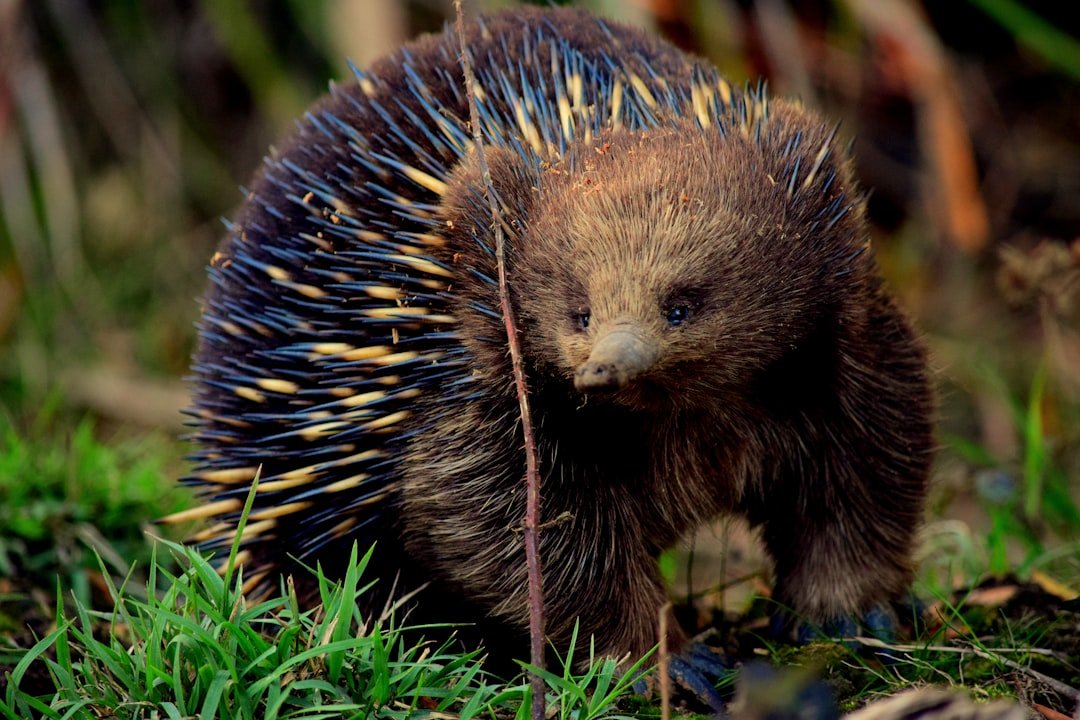
Expect drones, AI-driven image recognition, and environmental DNA to unlock new echidna maps in places too remote or dense to survey. Lightweight GPS tags and temperature sensors can reveal how individuals navigate heat, fire scars, and human edges. In the edit suite, those data streams become dynamic maps, turning a shy animal into a traceable protagonist.
The challenges are real – ethics of tagging, funding for long-term studies, and ensuring local communities reap the benefits. But the prize is a predictive conservation playbook: where to protect corridors, when to reduce road speeds, how to time burns for wildlife. That’s a documentary with outcomes, not just atmospherics.
10) What You Can Do Today: Small Choices, Big Ripples
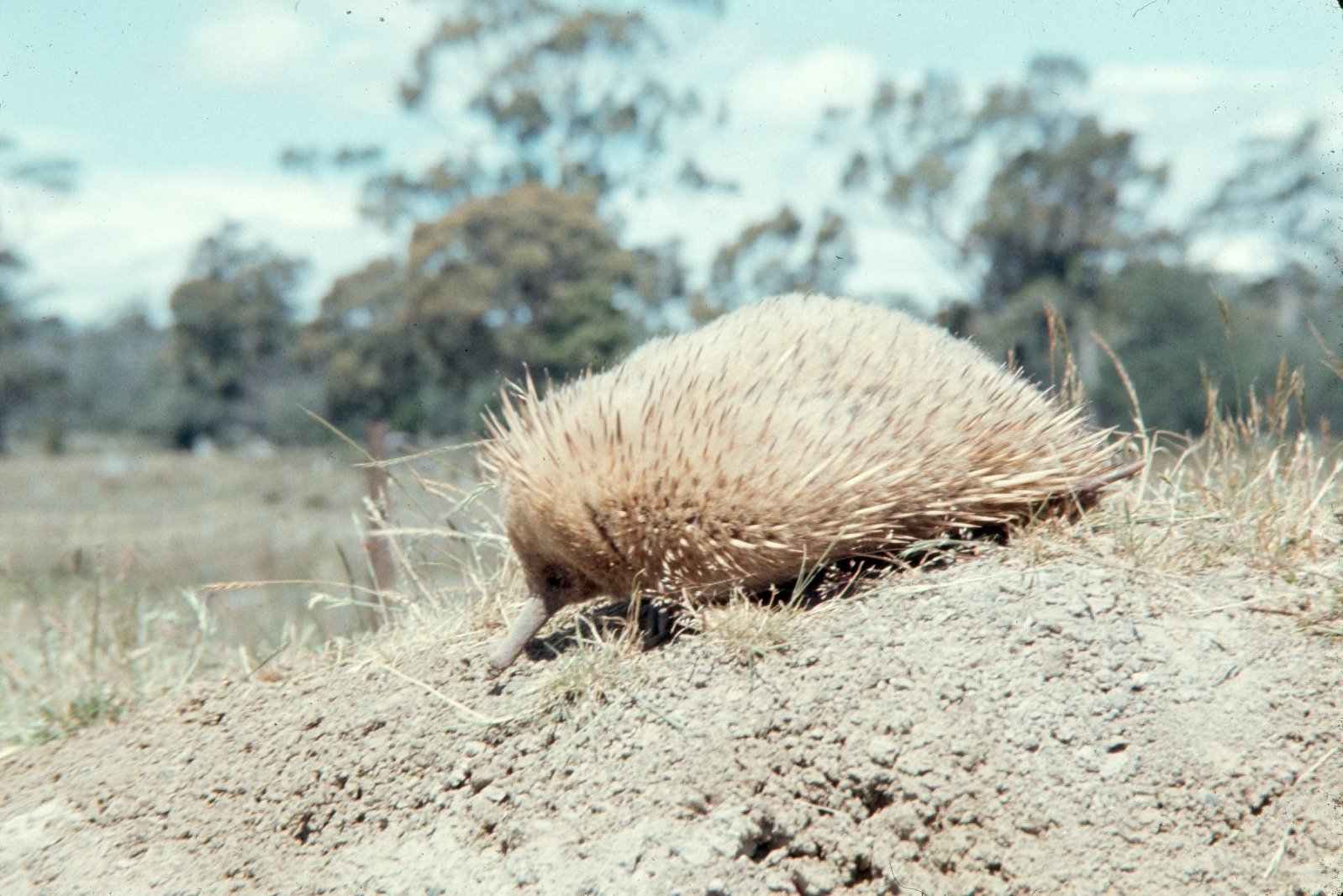
Start with the simple things that keep echidnas safe: drive slower at dusk, keep dogs leashed near bushland, and leave foraging pits undisturbed. If you garden, skip pesticides and let leaf litter persist so invertebrates – and the animals that eat them – have somewhere to live. Report sightings to citizen-science platforms; those dots on a map guide real research and local protections.
Support habitat restoration groups, especially efforts in New Guinea where long-beaked echidnas need forest integrity to survive. Donate if you can, volunteer if you can’t, and share reliable stories that replace myth with respect. If a shy, spiky engineer can quietly rebuild a landscape, what might we do if we paid closer attention – did you expect that?

Suhail Ahmed is a passionate digital professional and nature enthusiast with over 8 years of experience in content strategy, SEO, web development, and digital operations. Alongside his freelance journey, Suhail actively contributes to nature and wildlife platforms like Discover Wildlife, where he channels his curiosity for the planet into engaging, educational storytelling.
With a strong background in managing digital ecosystems — from ecommerce stores and WordPress websites to social media and automation — Suhail merges technical precision with creative insight. His content reflects a rare balance: SEO-friendly yet deeply human, data-informed yet emotionally resonant.
Driven by a love for discovery and storytelling, Suhail believes in using digital platforms to amplify causes that matter — especially those protecting Earth’s biodiversity and inspiring sustainable living. Whether he’s managing online projects or crafting wildlife content, his goal remains the same: to inform, inspire, and leave a positive digital footprint.

